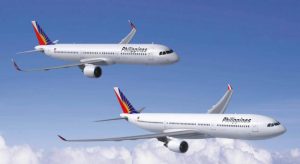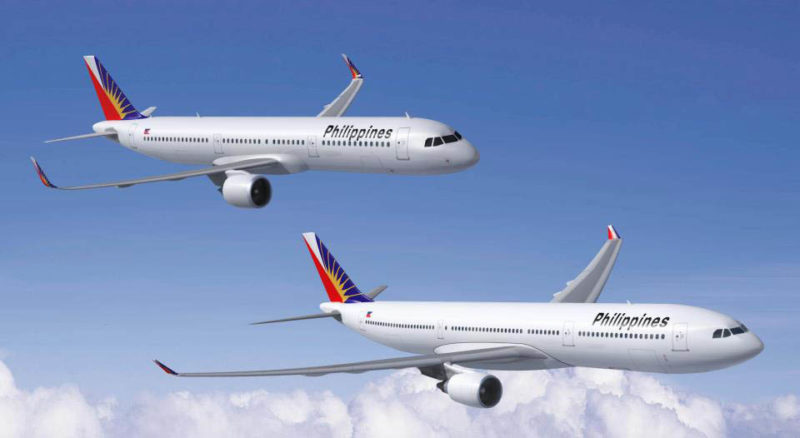 Flag carrier Philippine Airlines (PAL) reported a 3,772% surge in net income in the first nine months of the year mainly due to the 30% increase in passenger volume and the interlining arrangement struck with sister company PAL Express in the domestic sector.
Flag carrier Philippine Airlines (PAL) reported a 3,772% surge in net income in the first nine months of the year mainly due to the 30% increase in passenger volume and the interlining arrangement struck with sister company PAL Express in the domestic sector.
In a disclosure to the Philippine Stock Exchange, PAL Holdings, Inc.—PAL’s mother company—said the airline’s total comprehensive income reached P6.547 billion in the first nine months of the year, a significant improvement of P6.378 billion from the income of P169.1 million in the previous year’s corresponding period.
Revenues amounted to P81.98 billion, up 10.8% from P73.981 billion for the same period last year. PAL attributed the growth mainly to higher passenger revenues as passenger traffic rose by 30% mainly on the Americas, Australia, Japan and Middle East routes. The interlining arrangement with PAL Express in the domestic sector also had a positive effect on revenue. Other contributors to overall revenue included excess baggage revenues, ancillary revenues, and lease income arising from aircraft lease arrangements with an entity under common control and with another airline.
PAL’s cargo operations experienced a drop of 4% to P5.464 billion for January-September 2015 from P5.699 billion year-on-year. In contrast, passenger revenues improved 12.5% to P68.371 billion from the previous year’s P60.779 billion.
In the third quarter alone, the airline generated a total income of P611.2 million, a turnaround from the overall loss of P192.3 million in the same quarter of the previous year.
Revenues for the period July to September 2015 rose 4% to P26.034 million from last year’s total of P25.03 million in the same period.
PAL said the increase was brought mainly by the depreciation of the Philippine peso against the US dollar. With constant exchange rates, revenues would have decreased by P289.6 million. PAL traced the decrease largely to the 24% decline in cargo revenues owing to the weak global cargo market in 2015 “as well as the effect of port congestion in Manila which PAL benefitted from in 2014.”
The 7% improvement in passenger revenues, on the other hand, was spurred by the introduction of new routes such as New York via Vancouver, Dubai, Jinjiang, and Osaka and Nagoya originating from Cebu, and the increased flight frequencies to Honolulu in Hawaii, Haneda in Japan, and Dammam and Abu Dhabi in Middle East.
For full-year 2014, PAL turned in a profit of P786.8 million after being in the red for three years.
As of September 2015, the airline had 81 aircraft, composed of both leased and owned units.





